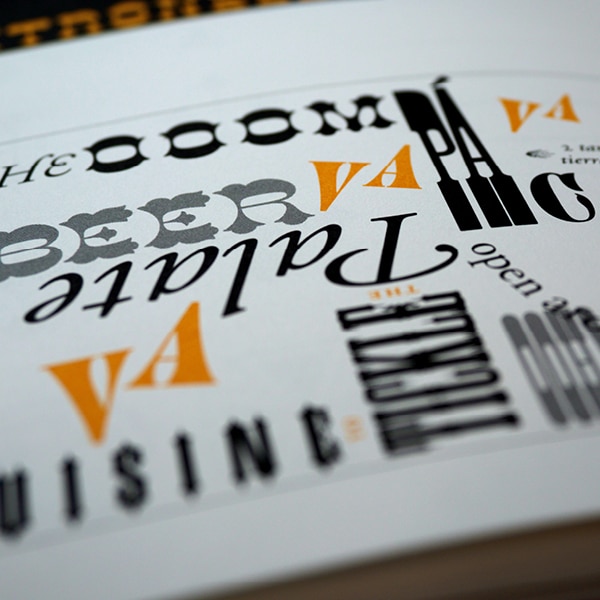Working within the design world, you’ll learn very quickly there is a unique lingo. But what the hell are we saying?! To help you decipher, here are some of the most common acronyms creatives love to throw around.
CMYK + RGB
These terms sound similar but are completely different when it comes to art files.

CMYK stands for Cyan Magenta Yellow Black. This refers to the 4-color printing process for files meant for print production. Physical materials such as brochures, business cards, or posters will always be saved in CMYK colors.
RGB stands for Red Green Blue. These 3 colors help balance the look for a screen. Digital ads, website design, and social posts will always be saved in RGB.
This example shows how CMYK looks a little less vibrant than RGB when designing on a screen.

PMS
This is one of the most common terms, especially in branding. PMS stands for Pantone Matching System. Pantone is primarily used in printing and results in a consistent color no matter what printer you use. Companies establish a Pantone color for their brand to keep the look consistent. Print shops use the standard four colors (CMYK) but also allow for up to four additional Pantone colors in the run to make sure that color is accurate.
DPI + PPI
This is also a relationship similar to CMYK and RGB. These terms ultimately affect the resolution of the image.

DPI stands for Dots Per Inch. This refers to images in the CMYK space meant to be printed. The higher the DPI, the more dots per square inch, and therefore, the higher the resolution.

PPI stands for Pixels Per Inch. PPI refers to images in the RGB space: items meant for screens. The graphic above is a good breakdown of how images are actually made up and how color really does boil down to red, green, and blue.
FPO
This term is used mainly in the proofing phase. FPO stands for “For Placement Only.” Usually, if there are assets missing in a piece or photos are unedited, designers will place bold FPO labels on the design to signal that it is not final. It’s a good way to get the design process started and the layout finalized while waiting for certain assets.

CTA
CTA stands for Call To Action. This applies mainly to marketing materials and advertising pieces. The CTA is the “What” for your audience. What do you want your audience to do after they see your ad? It keeps your audience engaged past the initial impression.
Get to know these terms and you’re on your way to communicating like a pro in the design world.
Resources:
https://99designs.com/blog/tips/ppi-vs-dpi-whats-the-difference/
https://blog.kiwicreative.net/deciphering-graphic-design-acronyms
